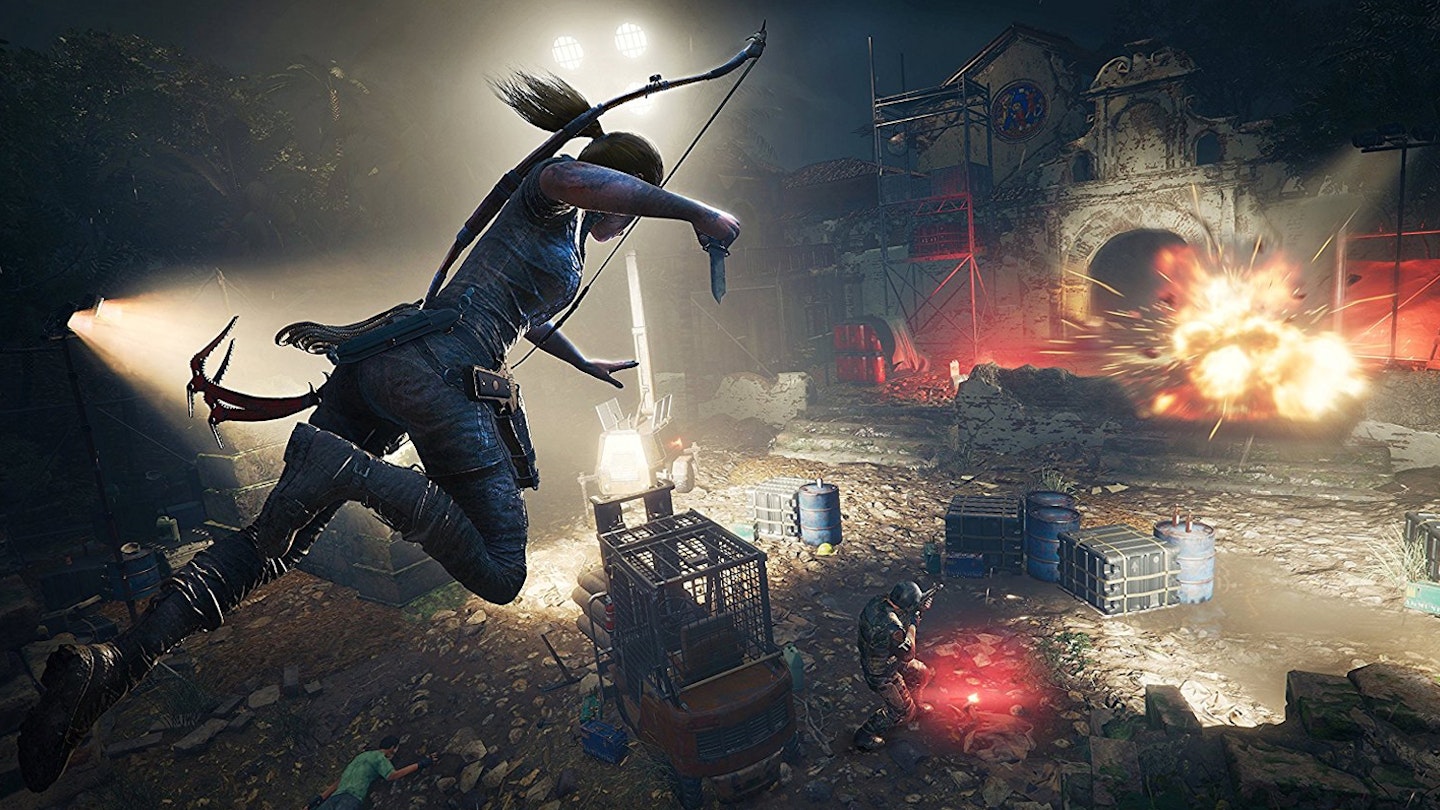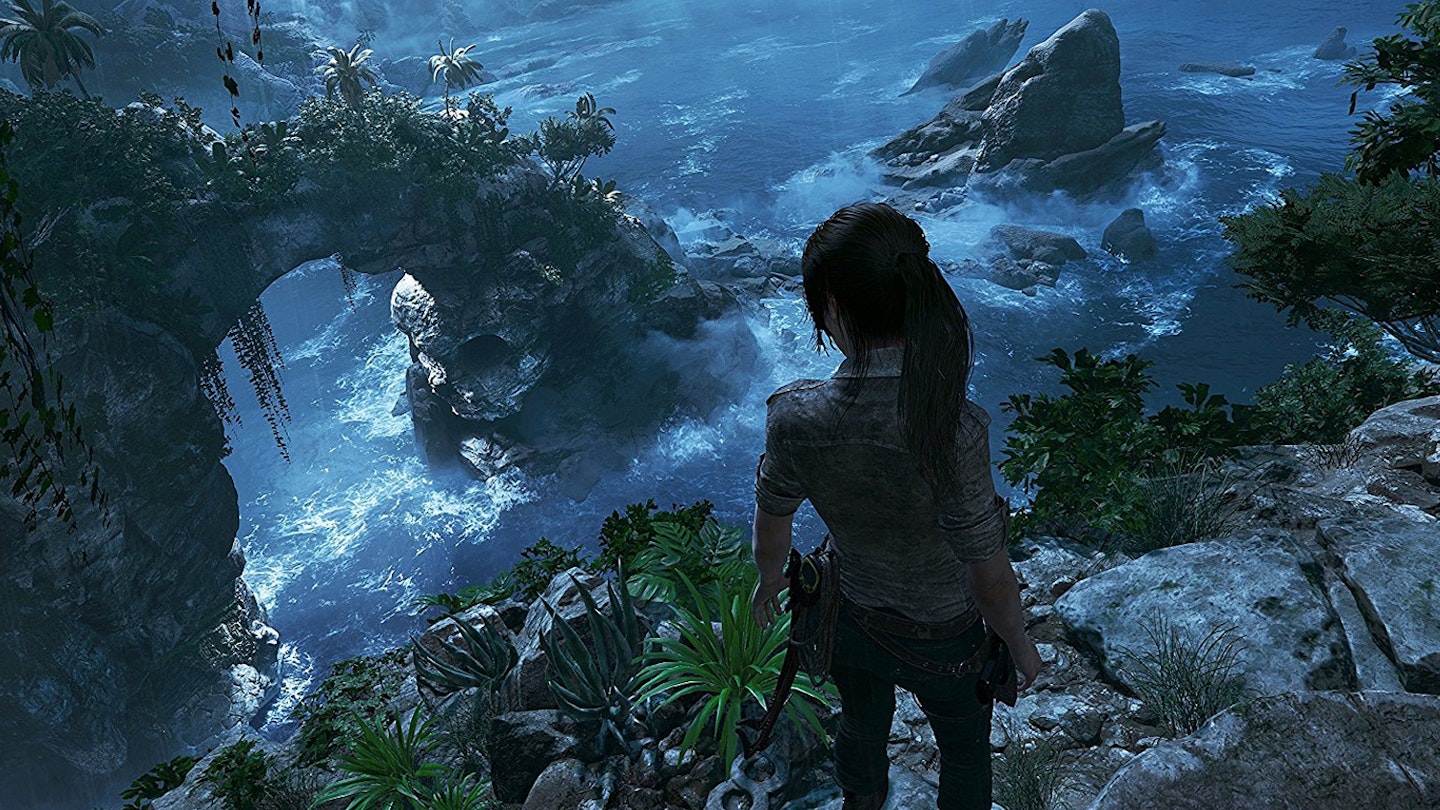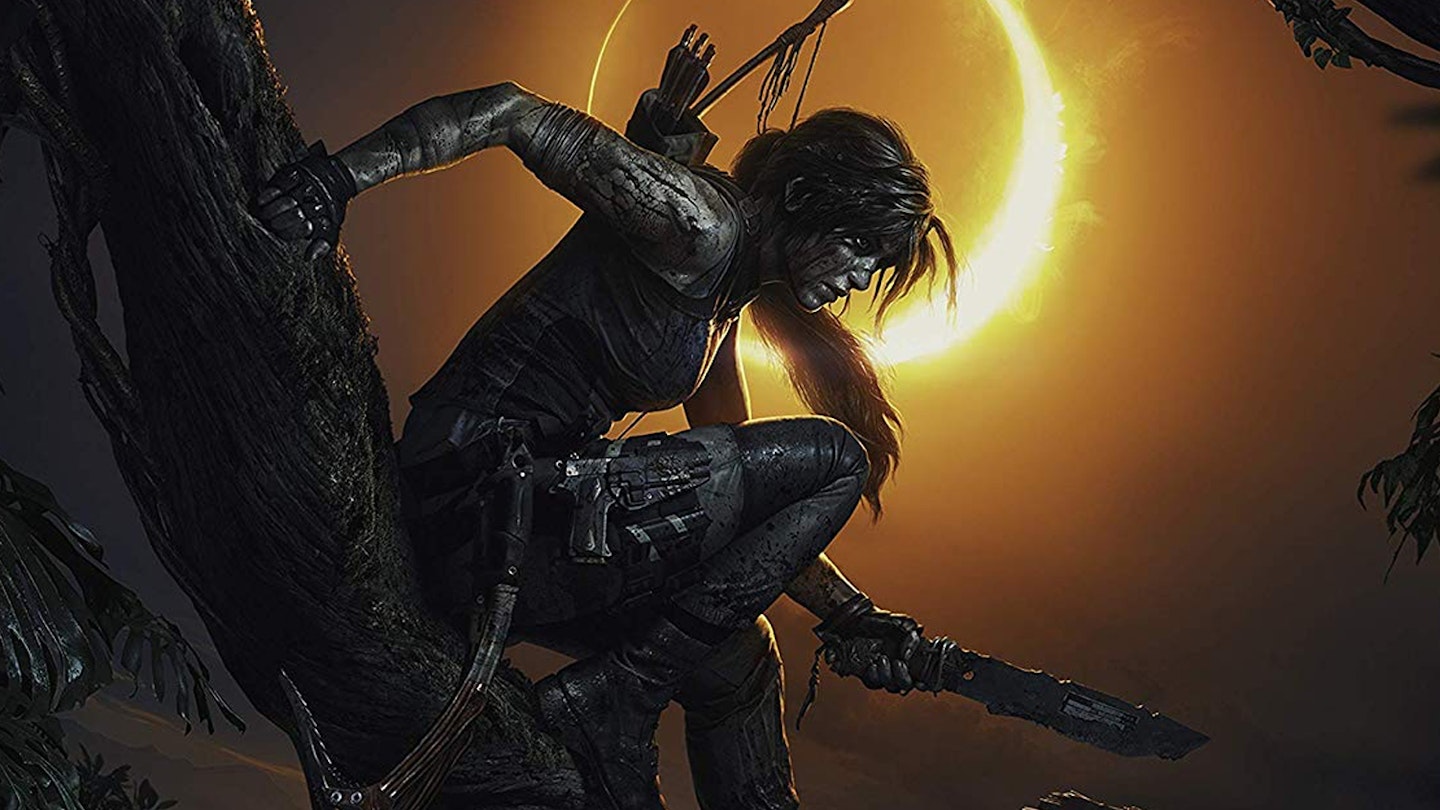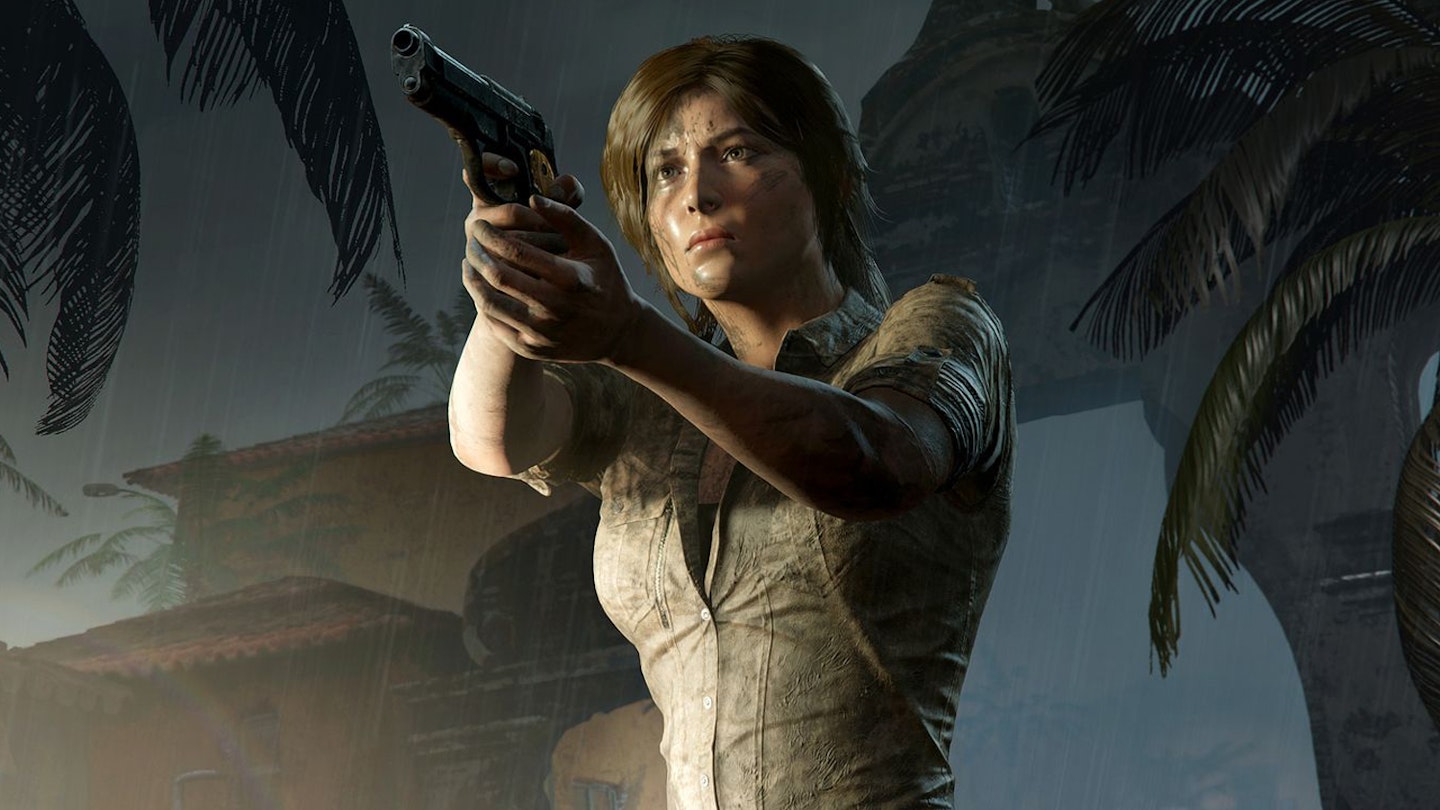And so, it ends – only, technically, to begin again. The prequel Tomb Raider trilogy, establishing how a young Lara Croft became the confident, outgoing adventurer players first encountered over 20 years ago, comes to a close here. But does developer Eidos nail the landing?

Not quite – Shadow is a fine continuation of the previous entries in the trilogy, but it doesn't fulfil its core objective of tying up Lara's origin and setting her on the path of the classic games. It is at least elevated on a visual level by some of the most beautiful locations Lara has visited. Set in South America, Lara is seeking the mythical city of Paititi while uncovering the nefarious operations of shady paramilitary organisation Trinity, the big bad of the modern series. Unfortunately, she may also have triggered the Mayan apocalypse, thanks to her penchant for gathering the heirlooms of indigenous cultures – one of the ways in which the game clumsily tries to address the colonialism of treasure hunting, a plot thread that requires nuance to deliver but is instead rather heavy-handedly presented.
The biggest problem is that the side content is generally more enjoyable than the main story.
Mechanically though, there's less to write home about. If you've played 2013’s Tomb Raider or its sequel Rise of the Tomb Raider, you'll know what you’re getting here, for the most part. Lara shoots, melees, and crafts her way around, clambers over decrepit masonry and ancient sculpture, occasionally almost-falls to her death with telegraphed moments where she loses grip, and does her take on Indiana Jones' repertoire. Somewhat irritatingly, the game will recognise saved data from its predecessors and award you in-game costumes and items for loyalty, but no-one at Eidos thought to use that same recognition to trim the early hand-holding and scripted explanation of controls.
One positive change is a much-enhanced focus on stealth. Lara can cake herself in mud to disappear into the jungle, revealing herself only to take out Trinity soldiers or other foes. It's incredibly satisfying to pick off a squad without them realising you're even there. Improvements are also to be found in the massively expanded role of Challenge Tombs. Hidden around Paititi – which becomes Shadow's hub area – these offer fresh experiences away from the main plot, each one serving as an environmental puzzle to be solved. They're a welcome distraction from the impending apocalypse of the core game, condensing the core Tomb Raider experience into digestible chunks.
Another nice touch is customisable difficulty. Combat, puzzles, and exploration – whether or not to have conspicuous white markers daubed on the walls of ancient tombs – can all be tweaked for a more personal experience. Consider yourself a master of parkour but a terrible fighter? You can now make the enemies little more than target cut outs while testing your ability to find ways around unmarked catacombs, or vice versa.

The biggest problem Shadow presents is that the side content – the Challenge Tombs, the exploration around Paititi, re-upgrading Lara's skill tree – is generally more enjoyable than the main story. The pacing feels off throughout, with complications introduced only to be forgotten or unsatisfactorily resolved. Lara's relationship with long-time ally Jonah is under-served, and ultimately we're left with a protagonist who still doesn't feel ready to become the iconic archaeologist she's meant to. A solid entry then, but not the definitive capper to an origin saga that it should be.


